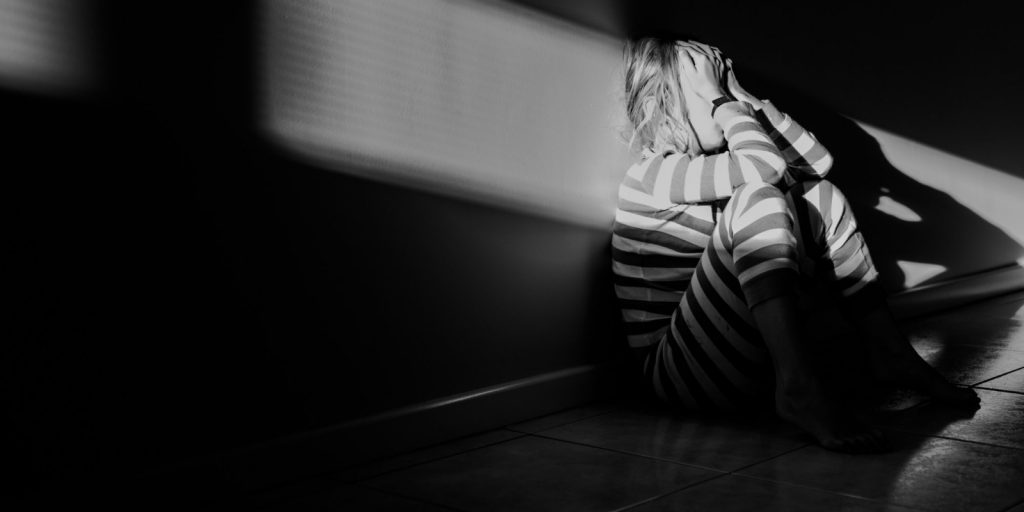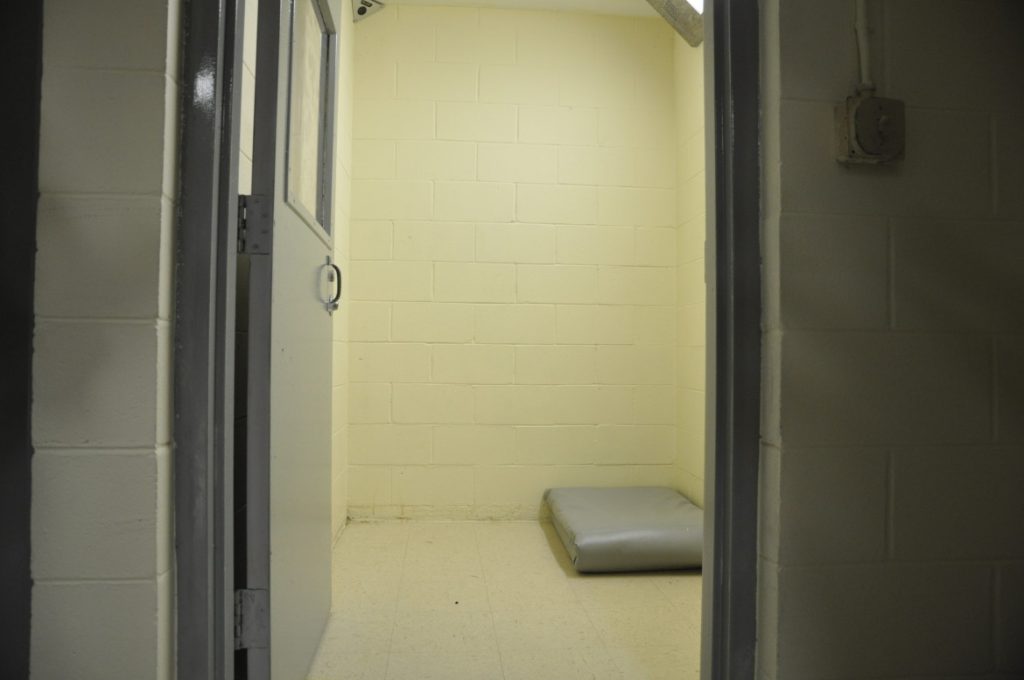
By Hilbert Haar
The tragic story of Caulette Julien who died at the Mental Health Foundation on August 25 after spending almost three weeks in solitary confinement has triggered many questions that are still waiting for answers. These questions focus on the qualifications of interim director Kitty Pelswijk, on the cause of Julien’s death and on the rules that apply to locking up psychiatric clients in a tiny cell. I have not been able to find any local legislation that is relevant to the latter topic.
Related article: Psychiatric patient dead in solitary confinement
 Entrepreneurs have a tendency to assume that everything is permitted that is not explicitly forbidden by law. Following that reasoning, if solitary confinement is not explicitly prohibited, it is allowed. That must have been the thought process at the Mental Health Foundation when it decided to put Julien in that cell.
Entrepreneurs have a tendency to assume that everything is permitted that is not explicitly forbidden by law. Following that reasoning, if solitary confinement is not explicitly prohibited, it is allowed. That must have been the thought process at the Mental Health Foundation when it decided to put Julien in that cell.
I am obviously not a psychiatrist and I do not know what drove the decision to lock Julien up. All we know is the result: she was reportedly (I repeat: reportedly) neglected while she was locked up and in the end she was found dead. Not a pretty scenario by any standards.
The discussion about solitary confinement of psychiatric patients in the Netherlands goes back to the beginning of this century, but it took until the end of 2011 before the Inspectorate for Public Health (IGZ) announced its wish to put a stop to this practice.
An article published on December 8, 2011, on the website zorgenwelzijn.nl speaks of solitary confinement as one of the methods to separate psychiatric patients from others. In 2011, that happened around 18,000 times a year, reason for politician Leo Bouwmeester to crown the Netherlands as the European confinement champion.
Bouwmeester noted that already in 2007 a promise was made: solitary confinement is prohibited unless there is a camera. “So nothing is changing.”
Cees Slob wrote in a reaction to the article on welzijnenzorg.nl: “It is indeed medieval to separate people from the group and to leave them alone with their fears.”
Two years before the above mentioned publication an opinion in the daily newspaper Trouw written by employees of Metamedica / ENGO Institute and the VU Medical Center alleged that, according to data obtained from the Inspectorate for Public Health, 30 seriously ill people had been locked up for more than a year.
“After some time, clients in solitary confinement lose their sense of time, themselves and their environment. They turn into themselves and their delusions become increasingly dominant.”
The authors also noted that there is a direct link between staff shortage and separations and that solitary confinement is only acceptable for 24 hours, with a possible extension of one day.

In 2017 Brenda Froyen wrote a book about her experiences with psychiatry, entitled: Short Circuit in my Head. Together with Stefaan Baeten, director of a psychiatric institution, she turned the book into a theater play.
In an interview published on social.net, Baeten notes that psychiatry is heading the wrong way with solitary confinement. “We are doing more harm than good. We know that we apply something that is not good. People in a crisis need intensive care and isolation does not have any therapeutic effect.”
In June 2016, the daily newspaper Het Parool reported about the Dolhuys Manifesto, signed by twelve psychiatric institutions that favor ending the use of solitary confinement. The manifesto refers to a United Nations treaty that prohibits the restriction of freedom based on illness, handicap or psychosocial conditions.
Go figure: already in 2012 the Inspector General for Public Health, Ronnie van Diemen-Steenvoorde published a report that introduced additional standards for psychiatric care: “Separation is not allowed to be solitary confinement. If separation last longer than one week consultation by independent experts is mandatory.”
Given the time that has gone by since the publication of that report it is clear that this message has not reached St. Maarten yet – and I wonder if it ever will.
Given all of the above, thinking about the dreadful end of Caulette Julien and the inadequate care she reportedly received at the Mental Health Foundation, the focus should not be on whether the rules for solitary confinement were followed or not.
The focus ought to be on the question whether solitary confinement is an acceptable method of dealing with vulnerable people. In their darkest hour, psychiatric patients need, as Stefaan Baeten pointed out years ago, intensive care. And solitary confinement cannot be part of the deal.
###
Related articles:
Three months in solitary confinement, then deported
An audit at Mental Health, but no death investigation
MHF explains hiring process non-BIG Medical Professionals
Video images of Caulette Julien still not released
‘Black stock’ of antipsychotic drugs at MHF
Too many drugs: polypharmacy alarming trend at Mental Health Foundation
Medical liability issue gets attention from government
Psychiatric patient dead in solitary confinement
MHF response to article StMaartenNews.com September 22, 2020
Medical recognition divisive issue at Mental Health Foundation
Interim Director responds to publication about MHF turmoil
Mental Health Foundation in turmoil
Announcement New Interim Director Oct 1 2020




